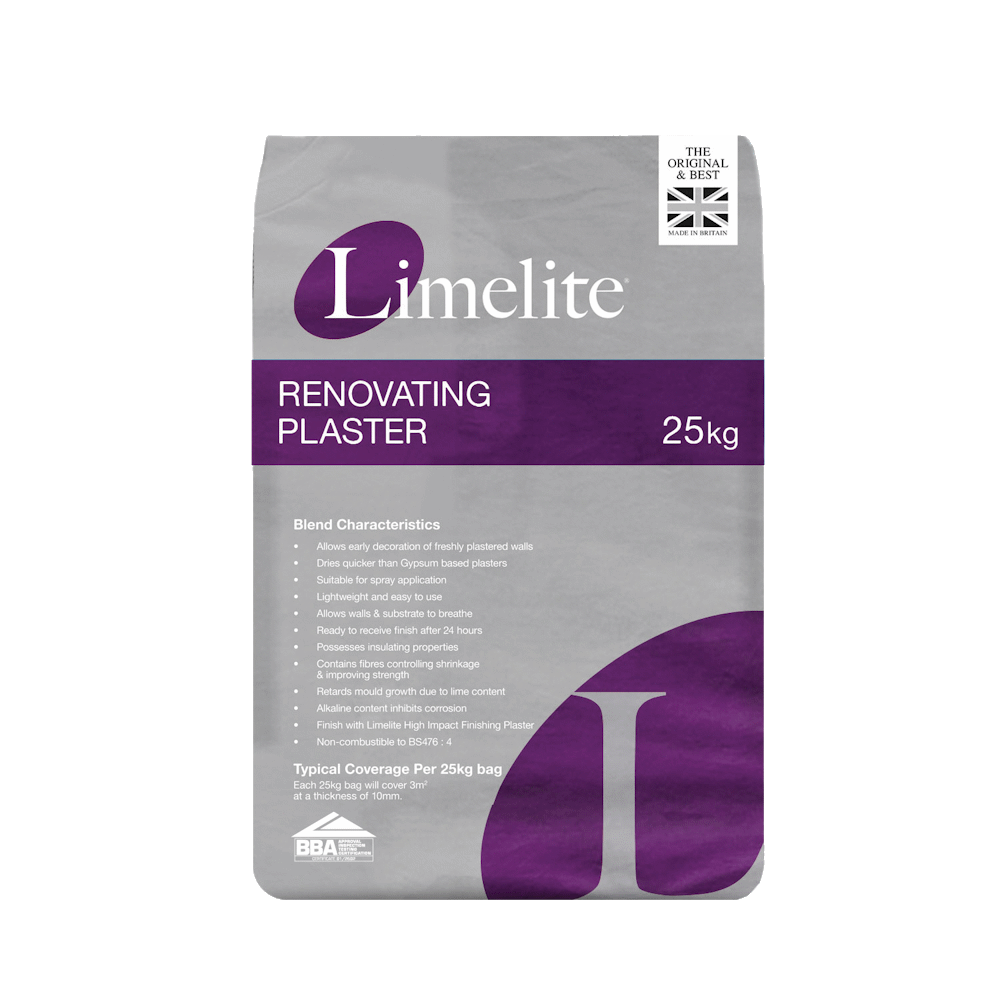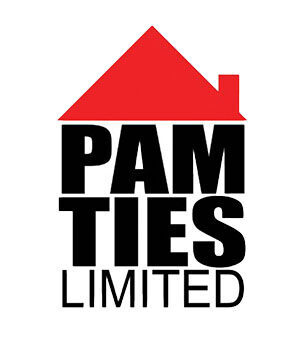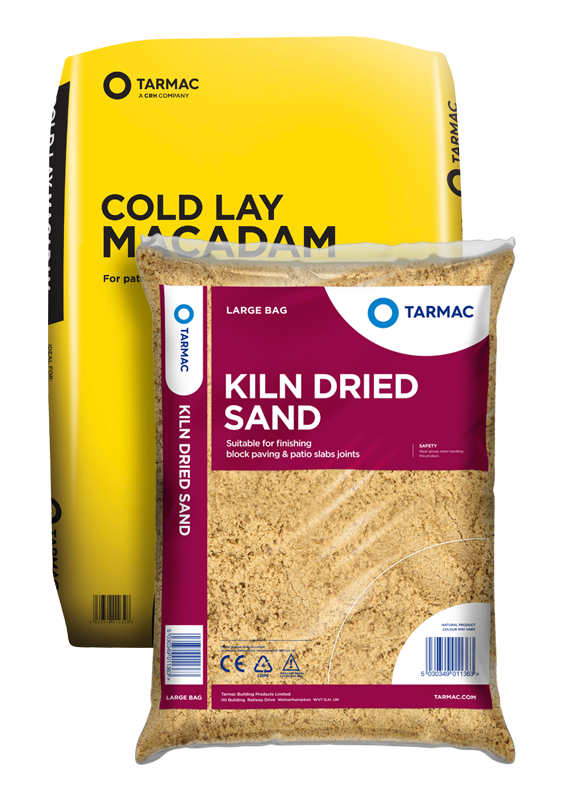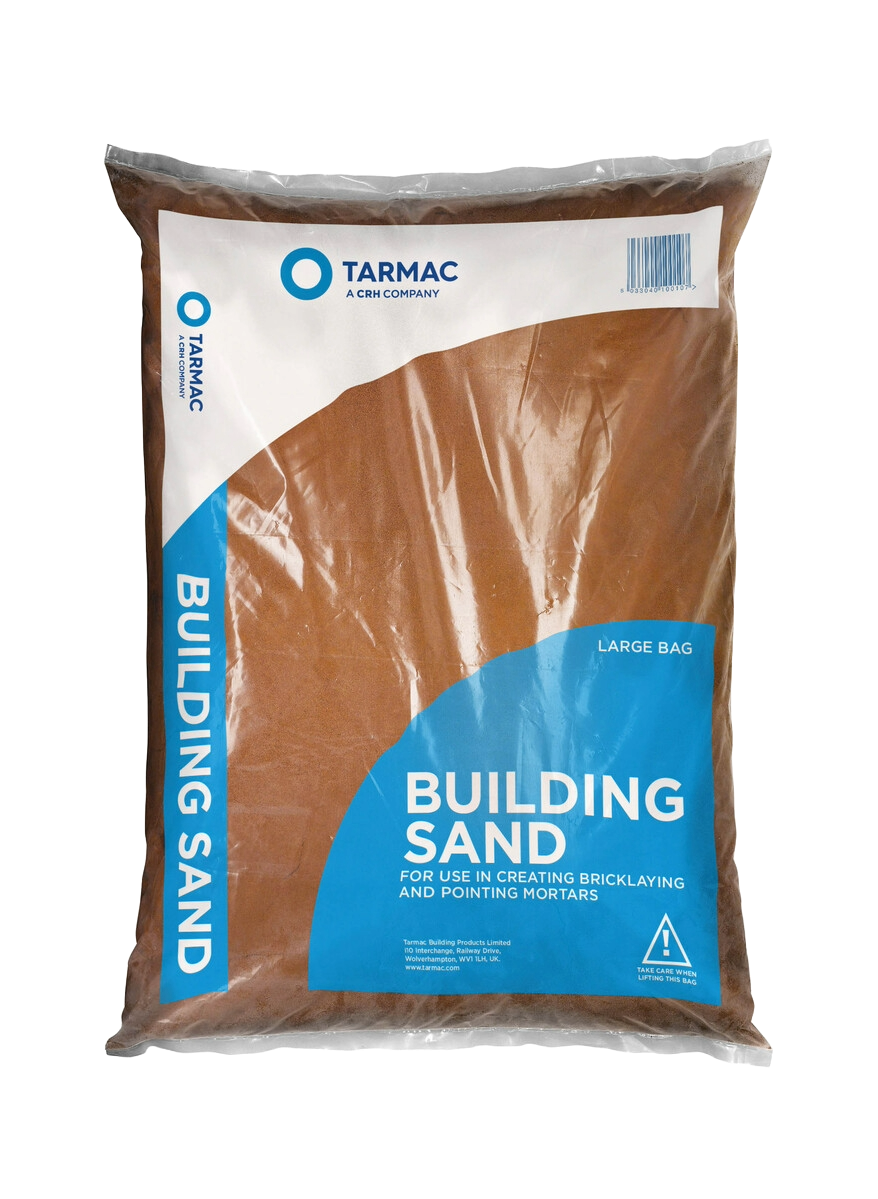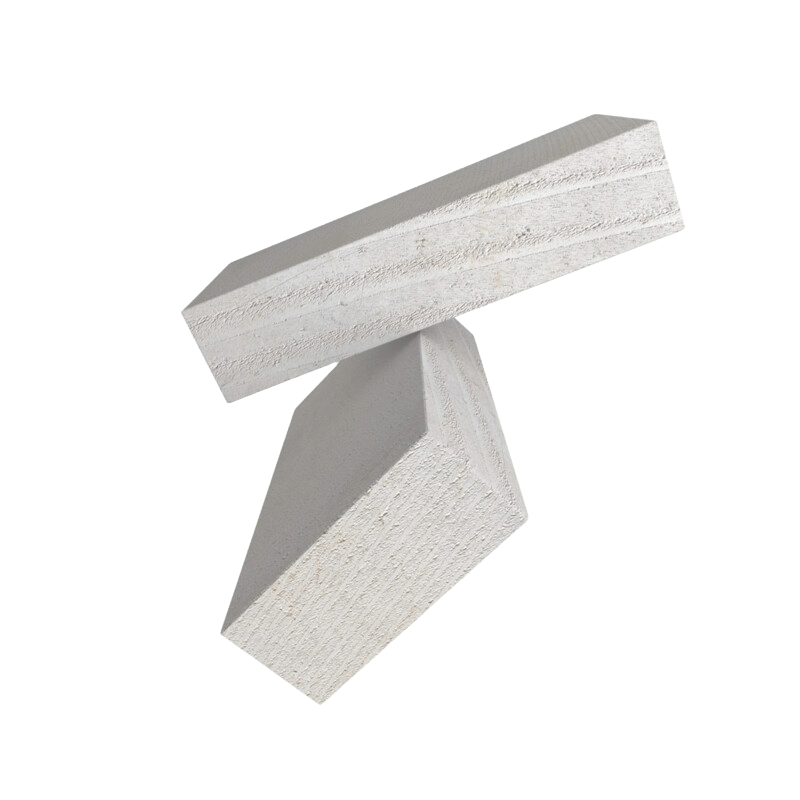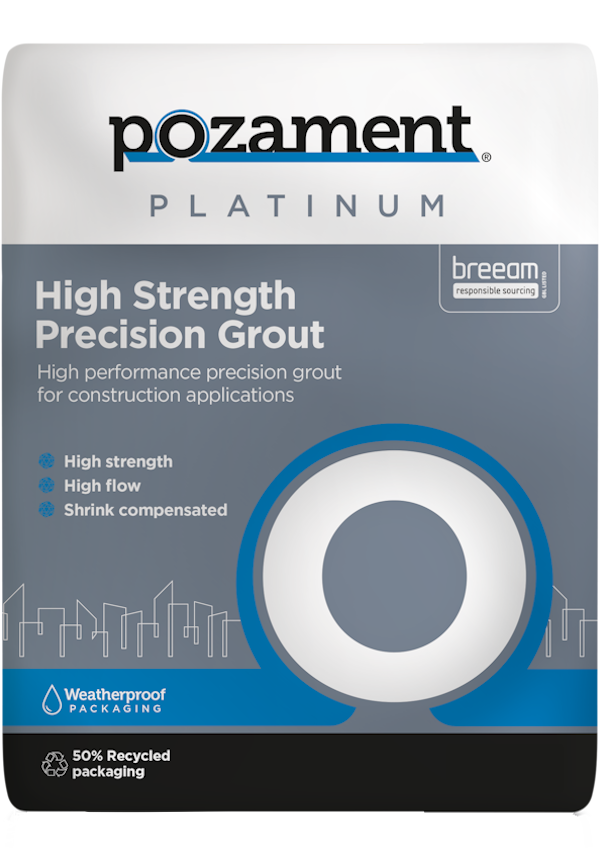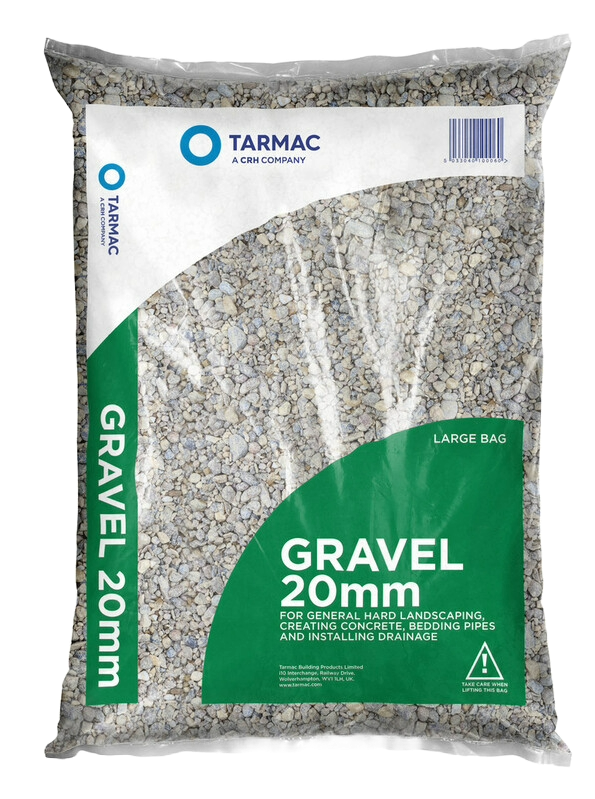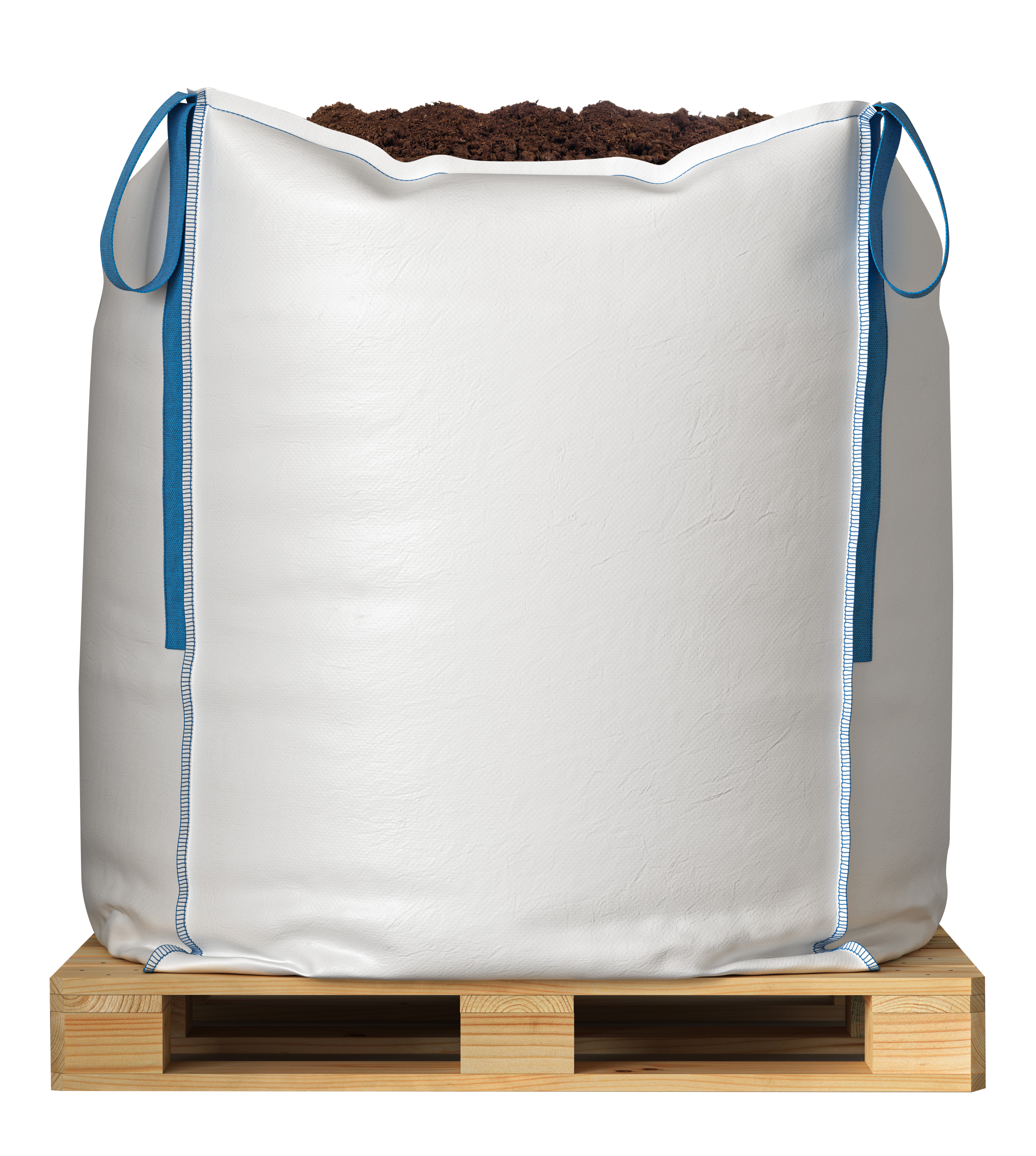Breatheable Renovating Plaster
Renovating Plaster - Limelite Renovating Plaster has been developed specifically for use in renovation projects. It offers many of the advantages of a traditional lime plaster but with easier workability and far quicker drying times.
Description
Limelite Renovating Plaster can be used to replace existing lime based plaster or as part of a new plaster system in both modern and traditional buildings and is an ideal solution for flood damage repair or flood damage prevention.
Specify Limelite Renovating Plaster with your NBS Source account.
Packaging
- 25kg bag
Benefits of Renovating Plaster
Breathable renovating plaster
Limelite Renovating Plaster is breathable, allowing moisture to be released. This is unlike conventional gypsum plaster is hygroscopic, meaning that moisture from the atmosphere or substrate is absorbed and retained.
Quick drying renovating plaster
A quick drying renovating plaster, it dries rapidly, allowing additional plaster coats or paint to be applied in as little as 24 hours. This allows faster completion and less disruption for clients.
Reduced shrinkage and crack resistance
Limelite Renovating Plaster incorporates polypropylene fibres to control shrinkage, avoid cracking and improve the flexural strength and impact resistance of the final plaster finish.
Repair of damp or flooded properties
Plaster for improved thermal performance of older buildings
BBA accredited system for specification by architects, designers or main contractors
Limelite Renovating Plaster can be used with with Limelite High Impact Finishing Plaster as part of the BBA accredited Limelite Breathable Plaster System, giving architects and specifiers reassurance and control of the quality of the finish.
Protects architectural features
Less retained moisture and efflorescence helps to protect adjoining materials such as timber beams, stone or ironwork from damage or discolouration. It also prevents corrosion of metal lathing, angle beads and conduit.
Trusted by conservation professionals
Limelite Plasters have been trusted by conservation professionals in some of the most sensitive and demanding heritage environments such as historic buildings, museums and art galleries.
Responsibly sourced
All of our products are manufactured in the UK and certified under BES 6001 Responsible sourcing. Tarmac was the first company within the cement and lime sectors to be awarded the BES6001 ‘Excellent’ rating across its entire product range.

